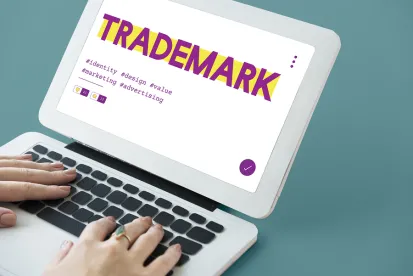In this internet age, where a brand can be damaged by a single, negative review going viral, never has it been more important for a brand owner to protect its image and reputation. The pandemic forced all shopping online for some periods and has dramatically changed consumer buying habits, increasing the risks of unauthorised and poor quality online selling for high-quality brands without appropriate measures in place.
How can you stop a third party selling your genuine goods in a manner that damages your brand? Be it poor customer service, bait and switch practices, long delivery times, substandard internet sites or poor returns policies, issues such as these, the prevalence of which has only been exacerbated by the pandemic, can create negative consumer associations with a brand. The answer – through an effective selective distribution strategy.
In a selective distribution model, the brand only permits select authorised resellers to distribute its products to end users and to other approved resellers. In order to be legally valid, resellers must be authorised based on objective selection criteria justified by the nature of the goods and designed to ensure a high quality brand and customer experience.
Traditionally, as demonstrated by the limited case law on the subject, successfully enforcing a selective distribution system against third parties outside of the system has been difficult, primarily due to the high evidential burdens imposed by local laws. However, there has been a recent trend in case law where brand owners operating a valid and actively enforced selective distribution system in Europe have been able to prevent inferior third party resellers from selling their products using trade mark principles, despite the doctrine of trade mark exhaustion.
The exhaustion doctrine provides that a trade mark owner cannot prevent a third party from reselling its branded goods when they have already been placed on the EU market with its consent, i.e. “exhausted” trade mark rights can no longer be asserted to prevent the further commercialisation of the goods. However, a trade mark will not be considered ‘exhausted’ where “legitimate reasons” exist.
Under the emerging case law, sales outside a selective distribution system can act as this “legitimate reason” allowing the brand to stop the resale of its goods, provided that the system has been designed in compliance with EU competition law principles, and the third party seller’s practices are damaging to the trade mark’s reputation and/or involve a change in the products’ condition.
There was some question of whether this exception was only available for luxury goods due to the existing (IP) case law focusing on the luxury sector. However, consistent with the European courts’ and Commission’s approach on the types of products to which selective distribution can be applied, there have been a number of national cases relying on this exception for a broader array of goods. Manufacturers have successfully enforced selective distribution for high quality branded items falling outside the luxury sphere. This trend signifies a slow but steady convergence of IP and competition principles that give selective distribution much stronger teeth.
The Takeaway
Trade mark rights (and incidentally copyright) can be powerful tools in a brand owner’s arsenal against unauthorised third party resellers when combined with carefully designed distribution terms. In drafting your terms and criteria think strategically about the role your IP rights will play.





 />i
/>i

